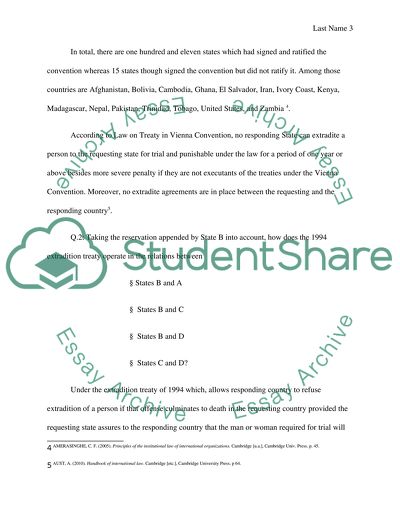Cite this document
(“Public international law, problem question Essay”, n.d.)
Retrieved from https://studentshare.org/law/1599323-public-international-law-problem-question
Retrieved from https://studentshare.org/law/1599323-public-international-law-problem-question
(Public International Law, Problem Question Essay)
https://studentshare.org/law/1599323-public-international-law-problem-question.
https://studentshare.org/law/1599323-public-international-law-problem-question.
“Public International Law, Problem Question Essay”, n.d. https://studentshare.org/law/1599323-public-international-law-problem-question.


